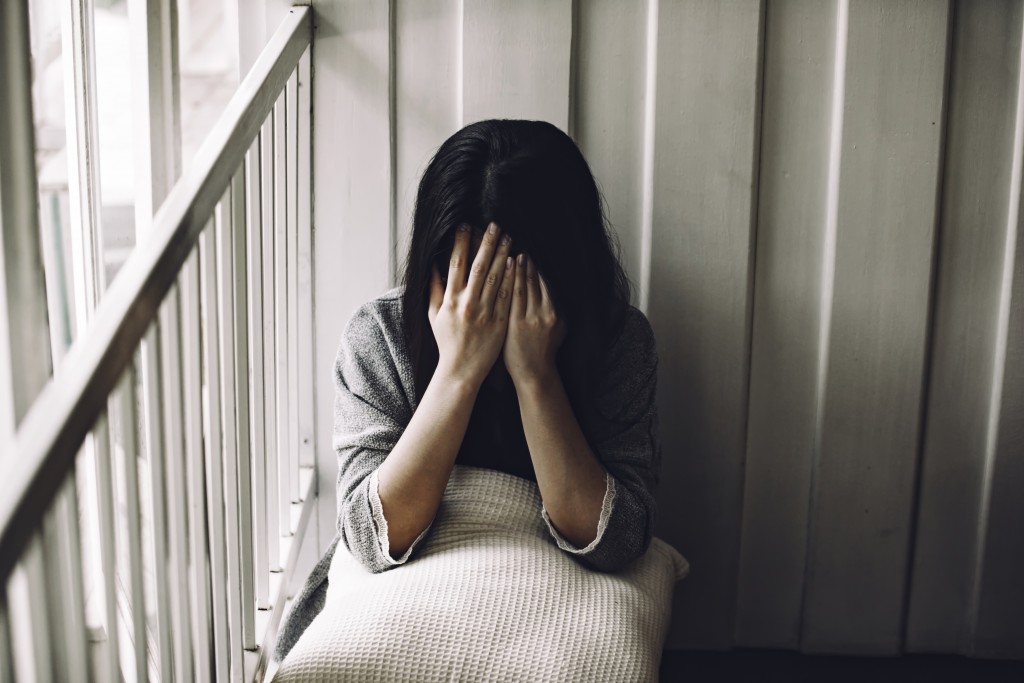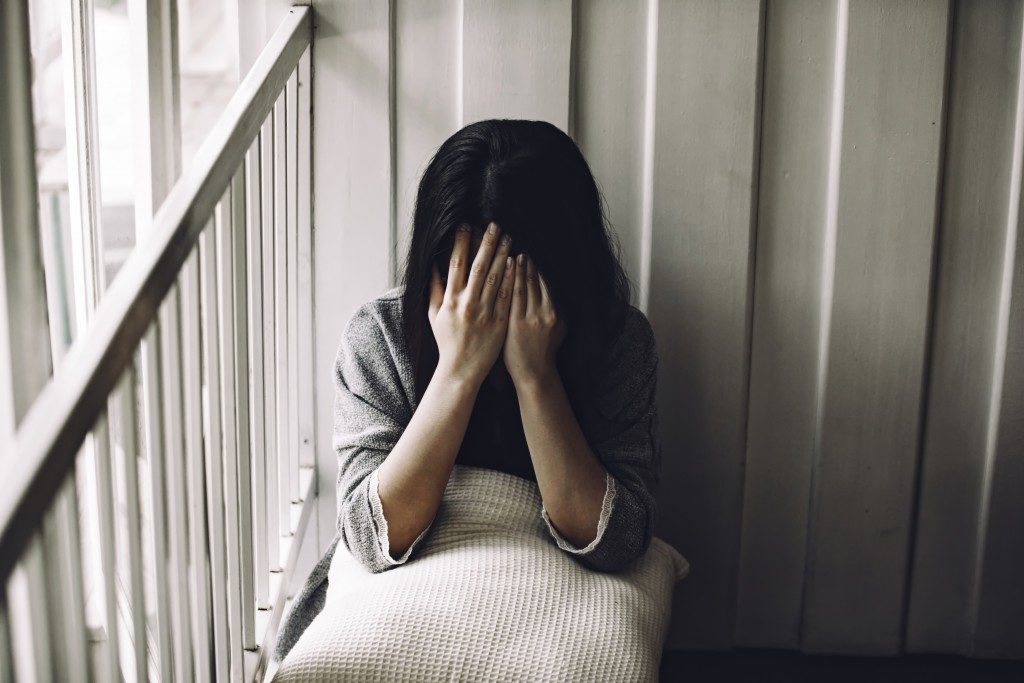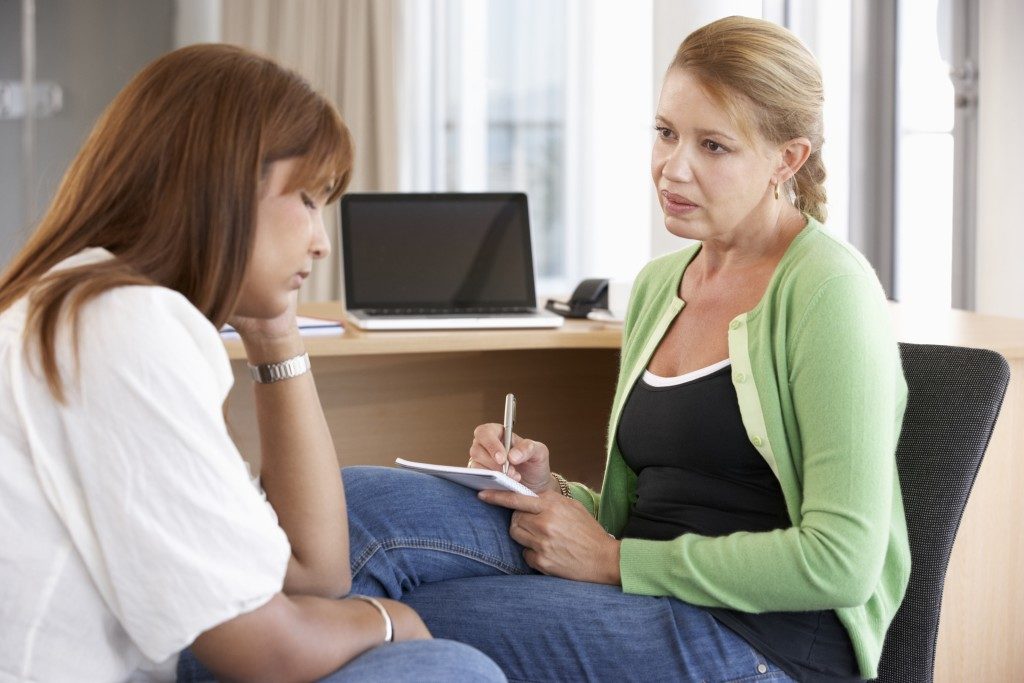Top Ways to Deal with Postpartum Depression


The birth of a child often marks the most joyful time for families. Unfortunately, the postnatal period is not the happiest for some parents. According to statistics, at least one in ten mothers suffers from postpartum depression (PPD). Though traditionally linked only to mothers, a growing number of fathers are also getting a diagnosis of PPD, which is also called baby blues but not as severe as that seen in mothers. The condition is characterized by irritability, mood swings, and general depression after childbirth.
While sometimes normal, some cases warrant the attention of a family health professional in Lehi, Utah or any other place in the U.S. These cases usually persist two weeks after delivery and are characterized by significant depressive symptoms. For these mothers, medical attention is necessary to avoid sinking into a major depression or the development of postpartum psychosis.
Here are the current treatment alternatives for PPD:
Interpersonal Psychotherapy
This is often the first treatment alternative for PPD. There are various methods used in psychotherapy, but cognitive behavioral therapy is the most commonly used. Here, you will sit with a psychologist and identify the causative element of your PPD. In most mothers, PPD emanates from getting overwhelmed with the responsibility of caring for the baby or fear that they might not sufficiently provide for the baby. In psychotherapy, the concerns that are triggering PPD will be adequately addressed and you will set realistic and achievable goals to overcome the condition.
Support Groups
Most hospitals now have support groups for mothers suffering from PPD. Here, you will undergo counseling together with others under the guidance of a trained mental health specialist. Additionally, you will share your experiences and learn from one another how to cope with motherhood and overcome PPD.
Medications
Antidepressants are used to treat PPD. These drugs are taken for a short period starting with a low dose, and then increasing as the need arises. When you are stable, the doctor will reduce the medication’s dosage before stopping it altogether to minimize withdrawal symptoms.
Electroconvulsive Therapy

This is the last treatment resort and is reserved for severe PPD. In electroconvulsive or shock therapy, small electric currents are passed through your brain to trigger a brief seizure. The changes in your brain’s chemistry from this seizure reduce the symptoms of PPD. The number of electroconvulsive therapy sessions you will need depends on your condition’s severity and the response to the therapy.
In the past, PPD was wished away as a passing cloud and people saw no need for medical attention. With the current knowledge of the effects of PPD on different aspects of a mother and her baby’s well-being, medical attention is essential. The above treatments have been proven very effective in the treatment of PPD. Other than the medical therapies, some lifestyle changes will help you overcome PPD. Learn to seek help to care for the baby and take some time off and do something you enjoy. Find ways to incorporate healthy and safe exercises into your daily routine.




